Organic mulch forms a protective layer on top of soils, keeping them safe from harsh sun rays, gusting winds, and excess precipitation. Conversely, inorganic weed barriers are placed above the surface of soils to interfere with weed emergence.
Mulch and weed barrier form an effective pair when employed in landscaping, offering multiple advantages. Weed barrier safeguards against weeds, so that they don’t sprout and deplete nutrients intended for desired plants and vegetation. Additionally, weed barrier works to:
1. Stirling off weed growth: Construct a protective layer that will deny weeds their essential dose of sunlight, effectively choking off their germination and subsequent growth.
Weed barrier protects the mulch from the drying effects of the environment, resulting in preservation of the soil’s moisture levels.
Prevent the dispersal of your mulch with a budget-friendly weed barrier; it fortifies and safeguards the material from the rough winds and punishing rains.
Weed barrier works to keep mulch firmly rooted, thus helping to minimize soil erosion.
Mulching just got easier; the use of weed barrier encourages the prevention of any unwelcome weeds around trees and shrubs, freeing you up to create that ideal look.
Deciding between two types of weed barrier materials can affect your garden’s future. For an option that is environmentally-friendly, paper weed barrier provides the perfect solution. This kind of barrier is constructed from recycled newspaper and decomposes naturally over time. If you desire a longer-lasting material then plastic weed barrier may be the appropriate one for you. Produced from polyethylene, it won’t break down on its own.
Plastic weed barrier is adept at stifling the growth of weeds and retains mulch in its place; however, it is not as resourceful in preserving moisture and stemming soil erosion. On the contrary, paper weed barrier is more effective at conserving moisture and preventing soil erosion, though it cannot combat weeds as effectively as plastic.
If you’re looking to mulch an area, then wet down a piece of paper weed barrier and lay it down in the appropriate space. On the other hand, if it’s a plastic barrier you plan to use, secure it with some staples or rocks before laying it over the area you want to mulch.
Maintaining contact between the weed barrier and the ground is very critical when laying it beneath mulch; failure to do so can create openings which weeds would seize as a means of entering the landscaping from below, pushing through the protective covering.
Controlling weeds and preserving the integrity of mulch is easy with the use of an efficient weed barrier. Picking the right one and installing it in direct contact with the ground are essential aspects of setting up an effective deterrent.
Related Product
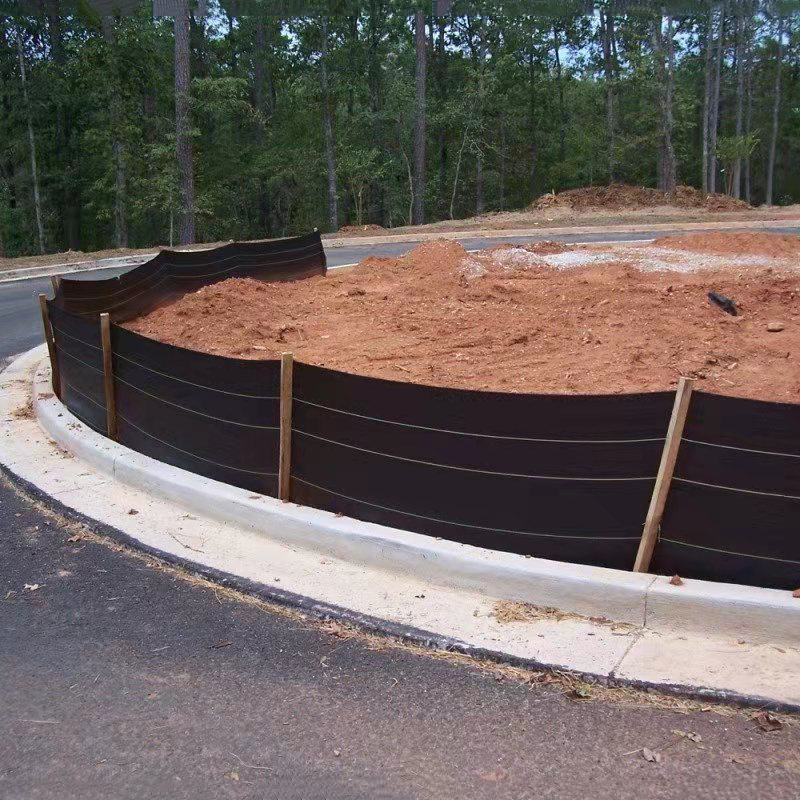
Silt Fence
Product Weed Mat / Ground cover/Slit fence Weight 70g/m2-300g/m2 Width 0.4m-6m. Lengths 50m,100m,200m or as your request. Color Black,Green,White ,Yellow or As your request […]
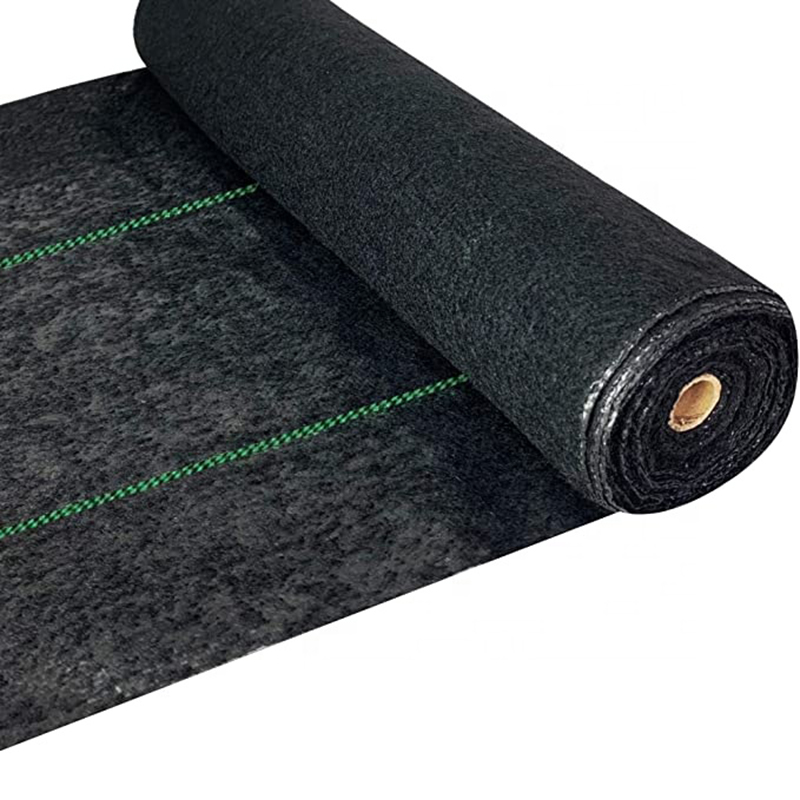
Heavy Duty Landscape Fabric
High Strength &Durability: 5.8oz heavy duty landscape weed barrier fabric, made of tightly woven polypropylene fabric needle which punched with UV-stabilized. 98.7% opaque to l […]
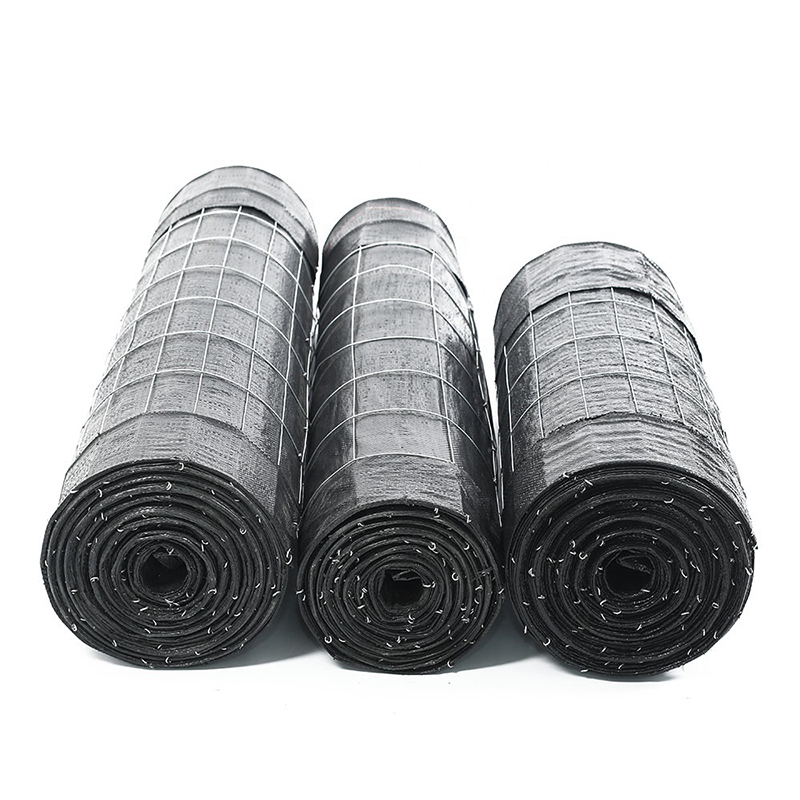
Wire Backed Silt Fence
The Wire Back Silt Fence is a strong erosion control fence designed for areas with demanding silt and erosion control requirements. Offering more strength and stability than a stan […]
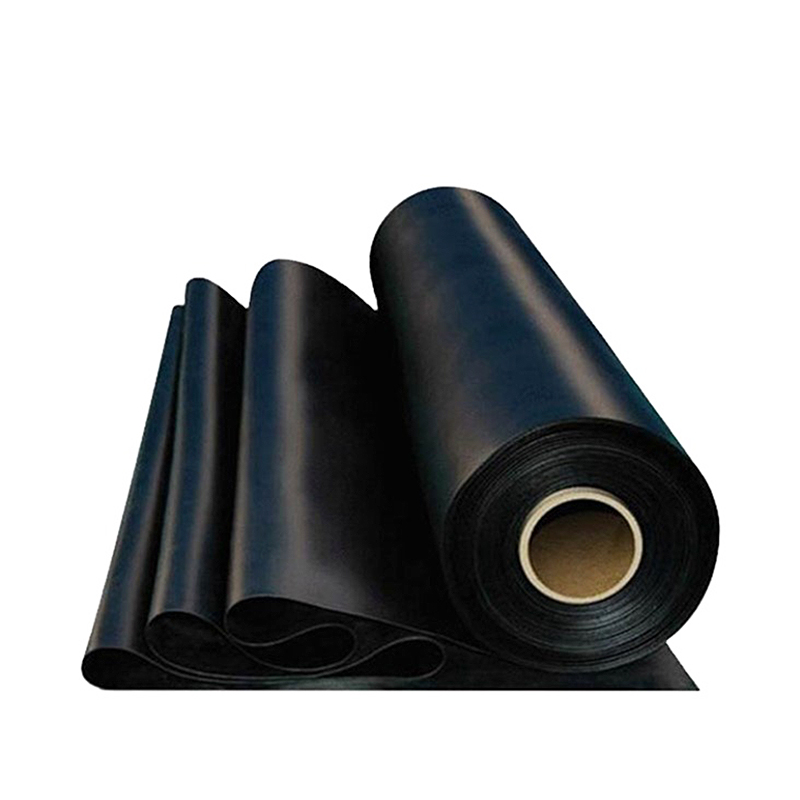
Hdpe Geomembrane
Product Features: They have strong ability for waterproof,anti seepage and isolation, aging resistance, good welding performance, convenient construction, root resistance and other […]
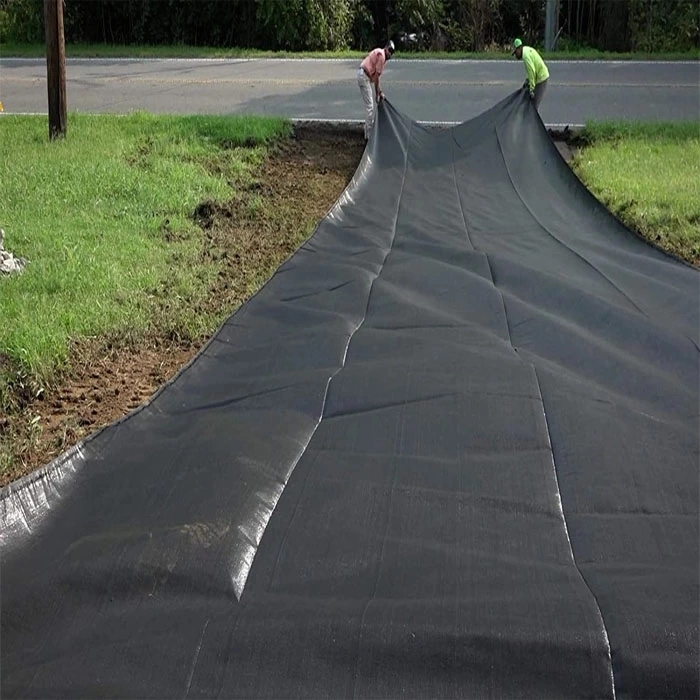
Bluekin Weedmat: Your Secret Weapon for a Low-Maintenance and Beautiful Garden
Are you tired of spending countless hours weeding and maintaining your garden? Look no further than Bluekin Weedmat, the ultimate solution for a low-maintenance and beautiful garde […]
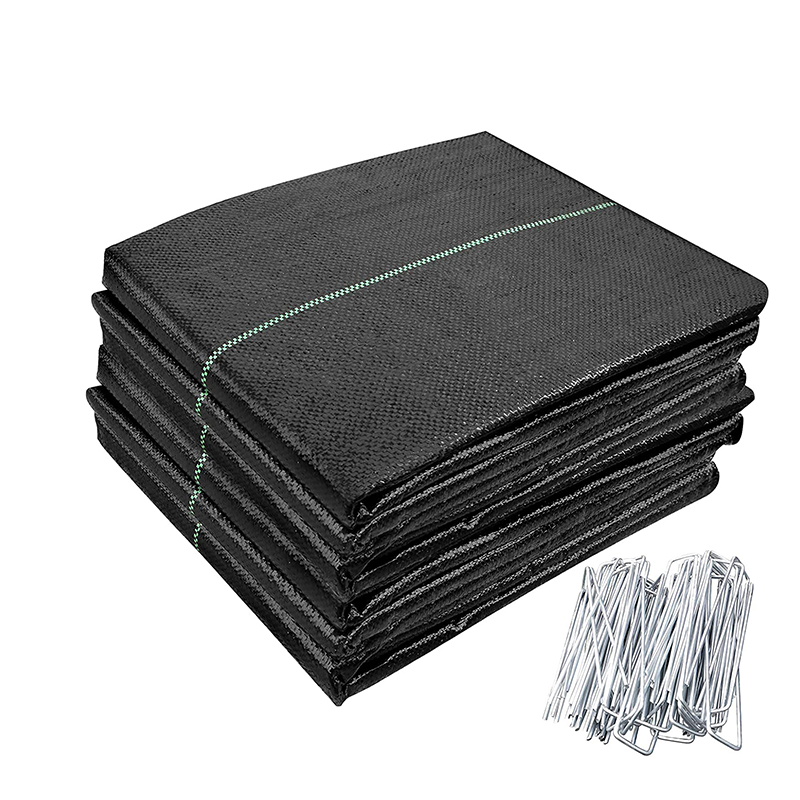
Woven Geotextile/Weed Mat
PP Woven Geotextiles are a series geotextiles made of high-performance polypropylene woven geotextile fabrics combining strength, durability and robust design. All these PP woven g […]
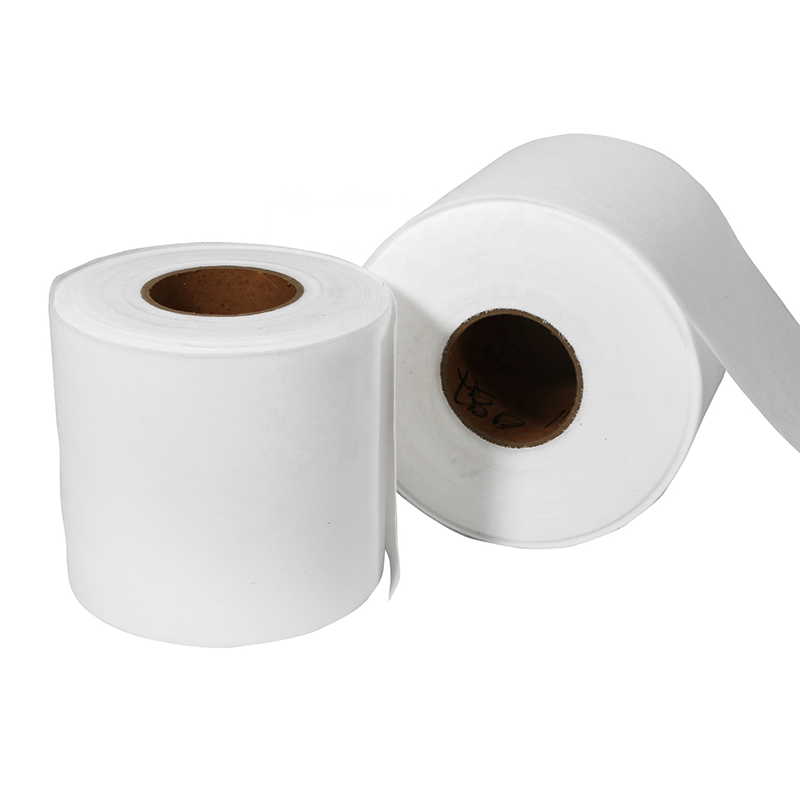
Non-Woven Geotextile
Geotextiles are permeable geosynthetic materials made by needling or weaving synthetic fibers. Geotextile is one of the new geosynthetic materials, and the finished product is clot […]
Post time: 2023-06-25
